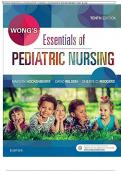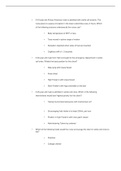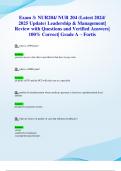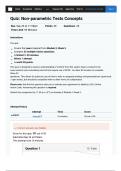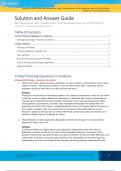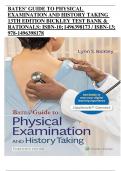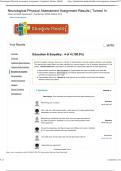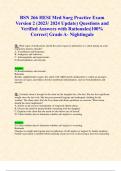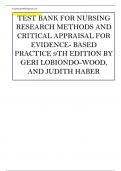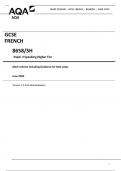Examen
Test Bank for Wong’s Essentials of Pediatric Nursing, 10th Edition by Marilyn J. Hockenberry, Cheryl C. Rodgers, David Wilson ISBN 9780323353168
- Cours
- Établissement
- Book
Test Bank for Wong’s Essentials of Pediatric Nursing, 10th Edition by Marilyn J. Hockenberry, Cheryl C. Rodgers, David Wilson ISBN 9780323353168 Chapter 01: Perspectives of Pediatric Nursing Hockenberry: Wong’s Essentials of Pediatric Nursing, 10th Edition MULTIPLE CHOICE 1. A nu...
[Montrer plus]
